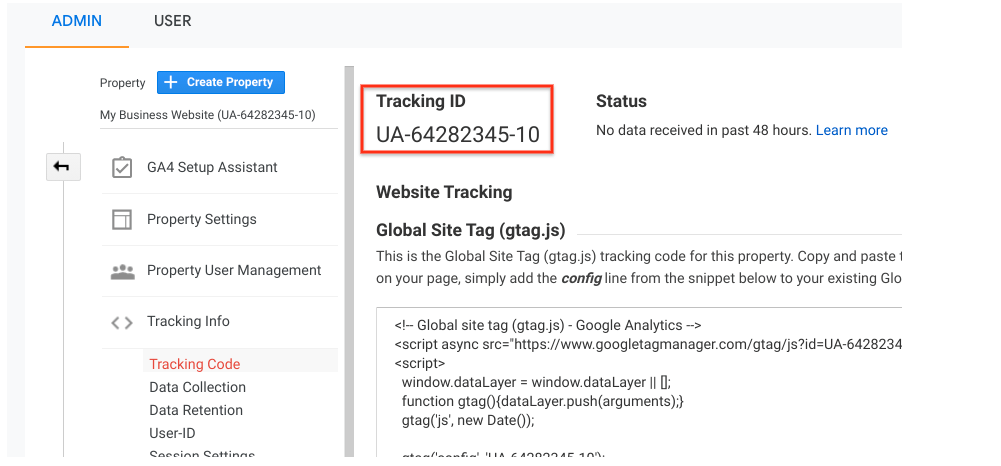Mastering the Art of Overcoming Data Collection Limitations in Google Analytics for Better Decision-Making
In the realm of electronic analytics, the capacity to remove significant insights from data is extremely important for notified decision-making. By utilizing innovative methods and critical techniques, companies can elevate their information top quality, unlock concealed insights, and pave the way for more effective and enlightened choices.
Data High Quality Analysis
Evaluating the high quality of information within Google Analytics is an important action in making sure the reliability and precision of understandings stemmed from the collected info. Information top quality assessment entails examining various aspects such as precision, efficiency, uniformity, and timeliness of the data. One essential aspect to think about is data accuracy, which describes how well the information mirrors the real values of the metrics being measured. Unreliable information can lead to defective conclusions and misdirected service decisions.
Completeness of data is one more vital variable in analyzing information top quality. It includes ensuring that all required information factors are gathered which there are no gaps in the info. Incomplete data can alter evaluation results and hinder the capability to get a comprehensive sight of customer behavior or web site efficiency. Consistency checks are also vital in information high quality analysis to recognize any kind of disparities or abnormalities within the information collection. Timeliness is similarly essential, as out-of-date data might no longer be pertinent for decision-making procedures. By focusing on information quality assessment in Google Analytics, companies can boost the reliability of their analytics records and make more informed decisions based upon accurate understandings.
Advanced Monitoring Methods
Utilizing innovative monitoring strategies in Google Analytics can dramatically enhance the depth and granularity of data accumulated for more detailed evaluation and understandings. One such technique is occasion monitoring, which permits the monitoring of particular interactions on an internet site, like clicks on buttons, downloads of data, or video views. By implementing event monitoring, organizations can get a much deeper understanding of individual behavior and engagement with their on-line material.
Additionally, custom-made dimensions and metrics provide a method to customize Google Analytics to particular business requirements. Custom measurements enable the development of brand-new data factors, such as individual roles or customer sections, while personalized metrics allow the monitoring of one-of-a-kind performance signs, like income per individual or average order value.
In addition, the application of Google Tag Supervisor can streamline the application of monitoring codes and tags throughout a site, making it less complicated to take care of and release advanced tracking setups. By using these innovative tracking strategies, organizations can open useful understandings and enhance their online strategies for far better decision-making.
Custom-made Dimension Implementation
To improve the depth of information collected in Google Analytics beyond advanced tracking techniques like event tracking, businesses can carry out personalized measurements for more customized understandings. Personalized measurements enable services to define and gather specific information points that are appropriate to their one-of-a-kind objectives and purposes (What Data Does Google Analytics Prohibit Collecting?). By appointing customized dimensions to various aspects on a site, such as user interactions, demographics, or session information, companies can get a much more granular understanding of how customers engage with their on the internet buildings

Acknowledgment Modeling Methods
By utilizing the ideal attribution model, organizations can properly attribute conversions to the appropriate touchpoints along the client journey. One typical acknowledgment model is the Last Communication model, which offers credit scores for a conversion to the last touchpoint a user engaged with prior to converting.

Data Tasting Evasion
When managing huge volumes of information in Google Analytics, conquering information tasting is vital to guarantee accurate understandings are derived for notified decision-making. Information sampling happens when Google Analytics estimates patterns in information instead than evaluating the full dataset, possibly leading to manipulated outcomes. To avoid data sampling, one efficient strategy is to reduce the date variety being evaluated. By concentrating on much shorter period, try this website the possibility of experiencing tested data decreases, giving an extra exact depiction of user behavior. In addition, making use of Google Analytics 360, the premium version of the platform, can help alleviate sampling as it permits greater data thresholds before tasting begins. Carrying out filters to limit the data being assessed can also help in avoiding tasting concerns. By taking these aggressive actions to lessen information sampling, organizations can draw out extra precise understandings from Google Analytics, bring about much better decision-making and boosted general performance.
Verdict
To conclude, mastering the art of getting over information collection limitations in Google Analytics is crucial for making informed decisions. By performing an extensive information quality assessment, executing innovative tracking strategies, using custom dimensions, employing attribution modeling approaches, and staying clear of data sampling, organizations can guarantee that they have dependable and exact information to base their decisions on. This will ultimately lead to much more efficient techniques and better outcomes for the company.